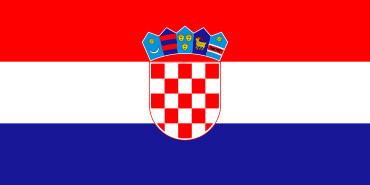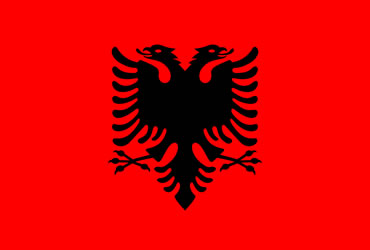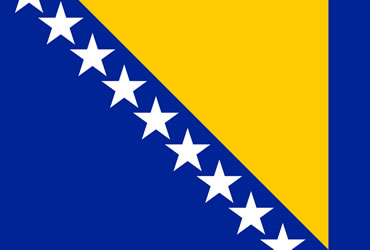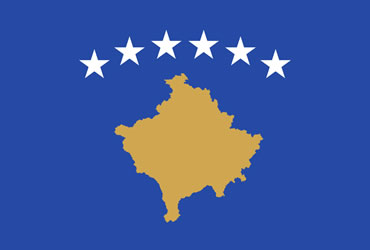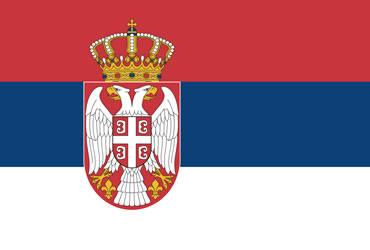
The EU-supported 'Connectivity Networks Gap Analysis' for 91 Connectivity Projects in the Western Balkans Updated
The original Connectivity Gap Analysis Update study was conducted in the first half of 2016, in response to the European Union’s pledge of €1 billion for energy and transport connectivity investment projects in the Western Balkans, for the 2014-2020. The original study helped to identify mature projects that needed EU grants in their attempt to secure and close funding packages. A decision to review this first study was taken in April 2019; the study started in May 2019 and was completed and approved in March 2020.
Overall, 91 connectivity projects have been re-examined in the sub-sectors of road, rail, inland waterways, inland/maritime ports, electricity and gas, and the information was updated on the Geographic Information System (GIS).
This report shows that overall the progress of road projects (since the 2016 study) has been significant with 21 projects having secured co-financing for implementation, 13 of these for the first time. Also, the progress of rail projects has been significant with 10 projects having secured co-financing for implementation, 8 of these for the first time. For the rest of the road and rail projects, the overall level of project maturity is low or medium, these projects are mostly in preparatory or pre-feasibility/feasibility phases; uncertainties pertain to routing, feasibility of projects, future development plans, eligibility for funding, timing, costing, etc. Only for inland waterways and maritime ports, progress has been insignificant, mainly due to political issues and uncertainties.
Progress of the electricity projects during this (reporting) period was also significant. All but two projects moved into a higher category of maturity. Financing for all electricity projects is either already in place, secured, or approved in principle. The progress of gas interconnection projects has been moderate. In the majority of cases, the overall level of project maturity is still low, uncertainties pertain to routing, feasibility of the projects, future development plans, timing, etc.
The European Commission, which funded this report through WBIF, underlines: The physical implementation of the projects presented in this report will only have a real impact if they are accompanied by the necessary connectivity and other reform measures. For the transport sector, these reforms include, among others, road safety, regular maintenance of the infrastructure, introduction of Intelligent Transport Systems (ITS), modernisation of border-crossing infrastructure and facilitation of cross-border procedures for goods and persons, and opening of the rail market. In the energy sector, the necessary reforms include, among others, the establishment of well-functioning regional energy market, with measures in place to enable spot market development, cross-border balancing, cross-border capacity allocation and unbundling of the transmission and distribution systems. These reforms will be even more important during the next generation of EU Pre-Accession Assistance, which will take a strict performance based approach.
The authors take full responsibility for the contents of this report. The opinions expressed do not necessarily reflect the view of the European Union or the European Investment Bank. The contents of this report are the sole responsibility of WYGI lead IPF5 Consortium and can in no way be taken to reflect the views of the European Union.
---
The Connectivity Network Gap Analysis Update is available here.
More about the Connectivity Agenda here.










